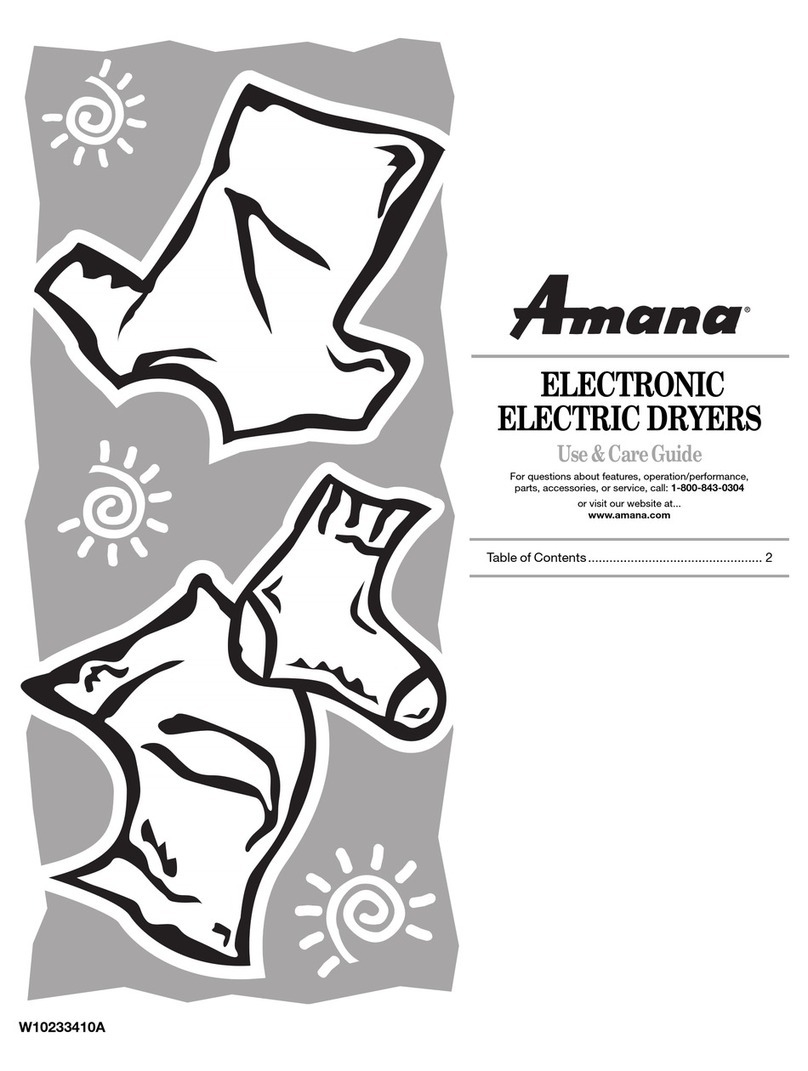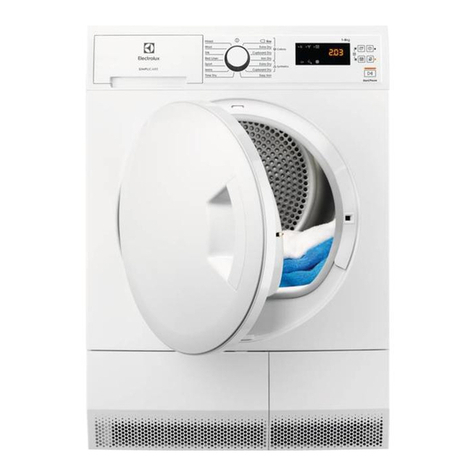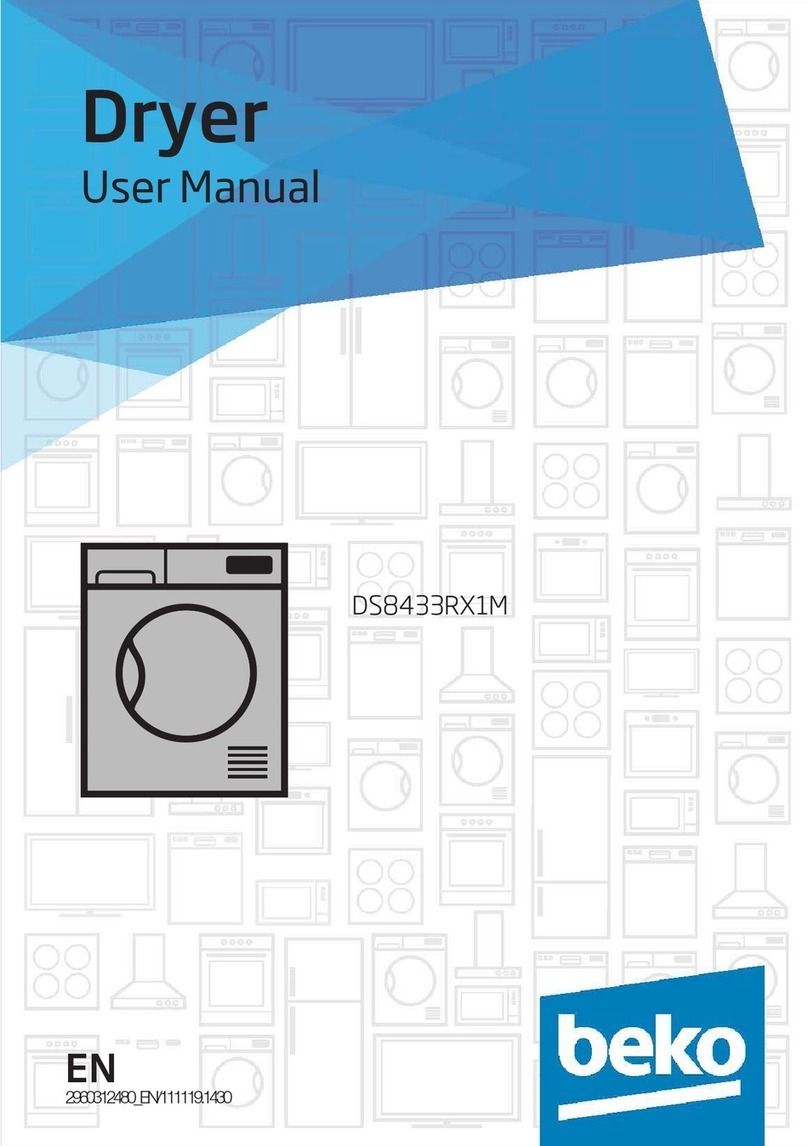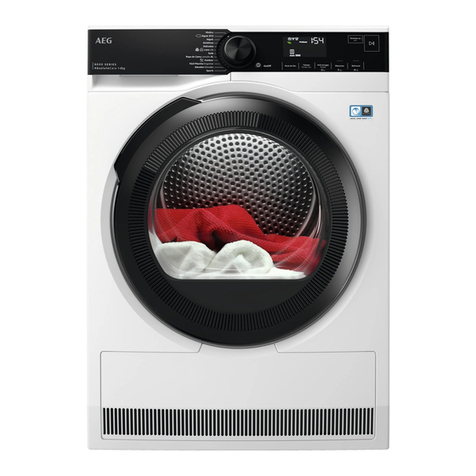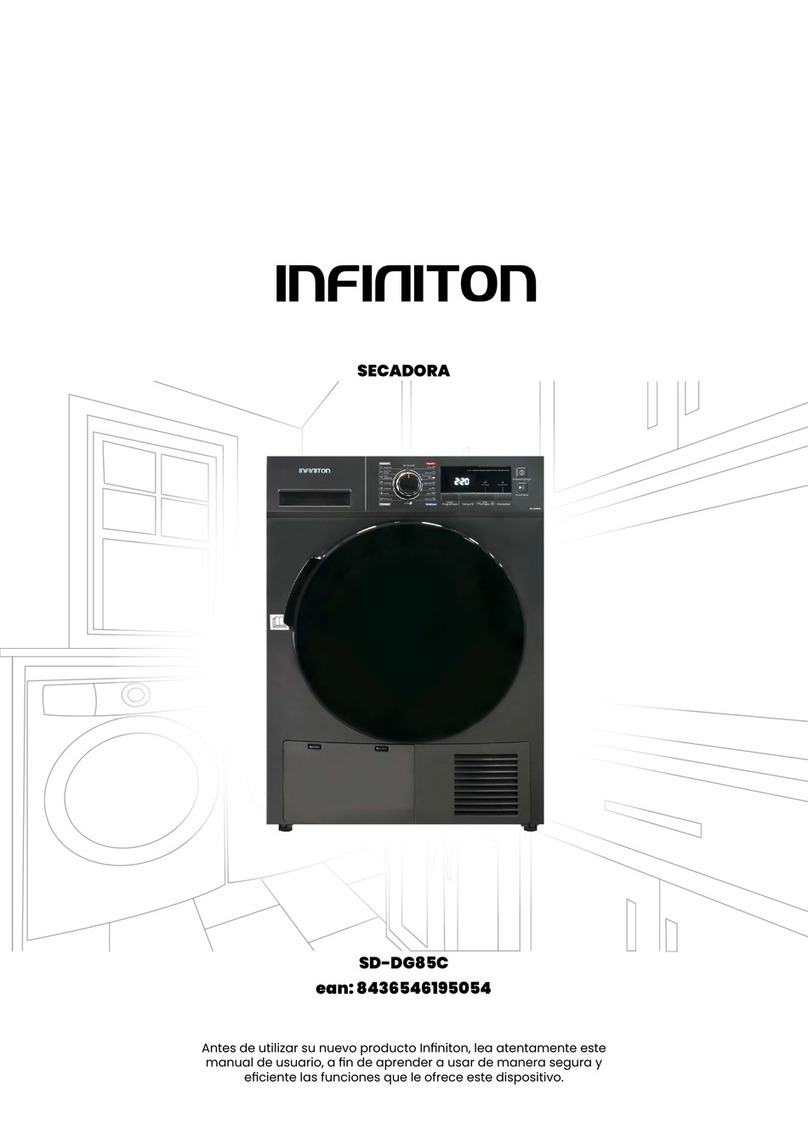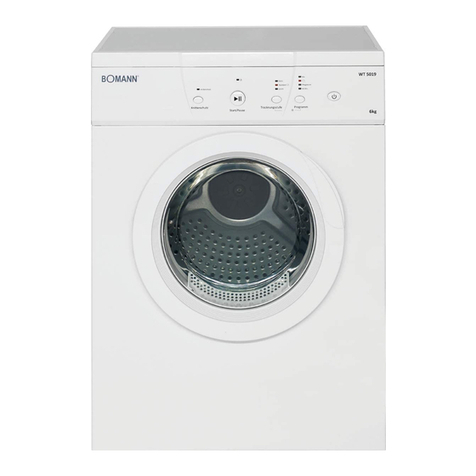Alliance Laundry Systems LES33A F4562 Series User manual
Other Alliance Laundry Systems Dryer manuals
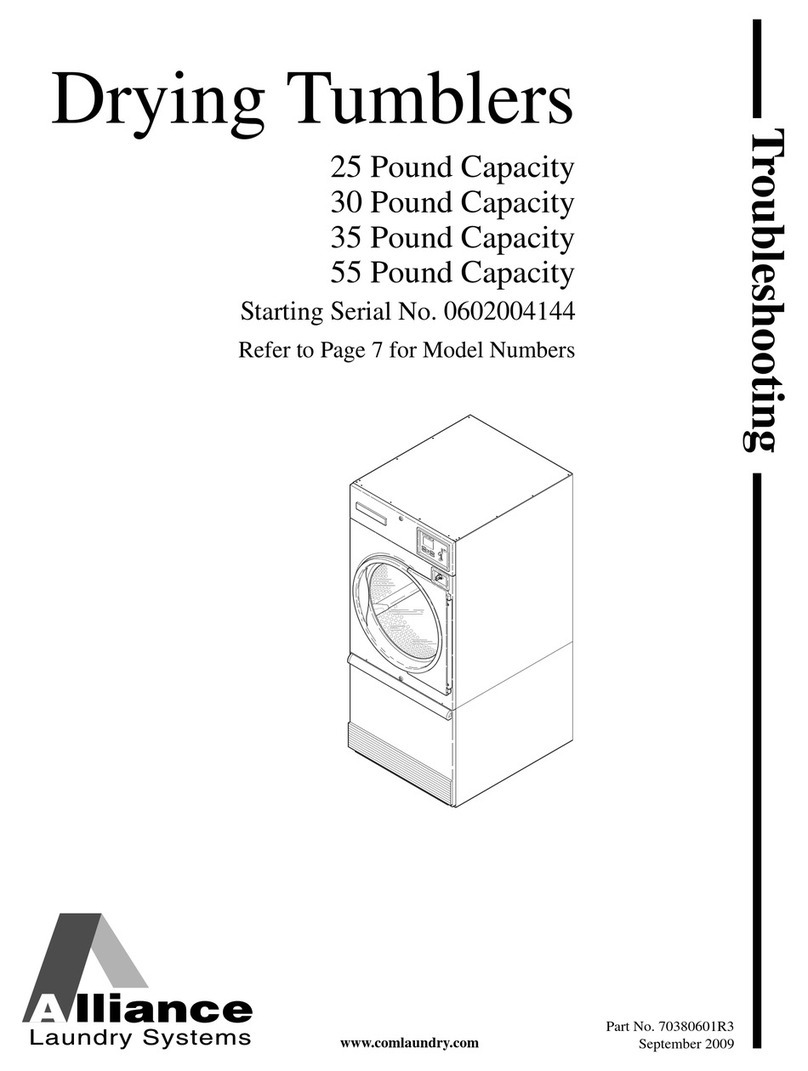
Alliance Laundry Systems
Alliance Laundry Systems CHD25G2 Operating instructions
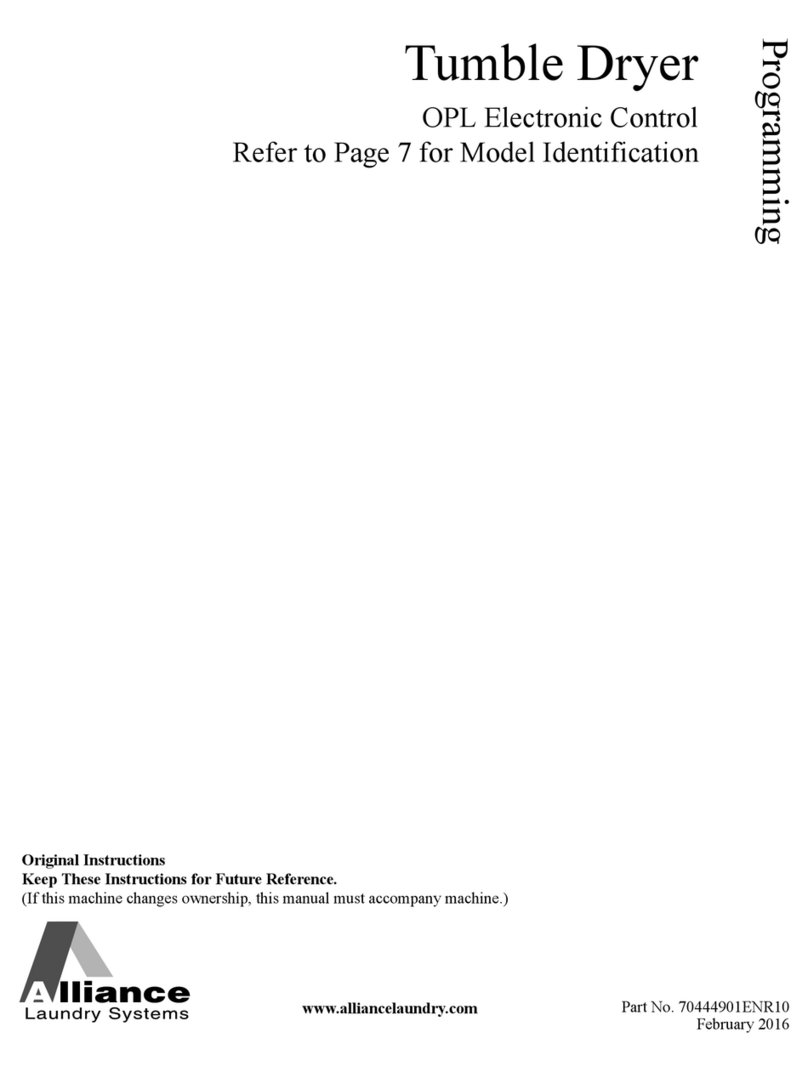
Alliance Laundry Systems
Alliance Laundry Systems CHD25G2-CT025L Operating instructions
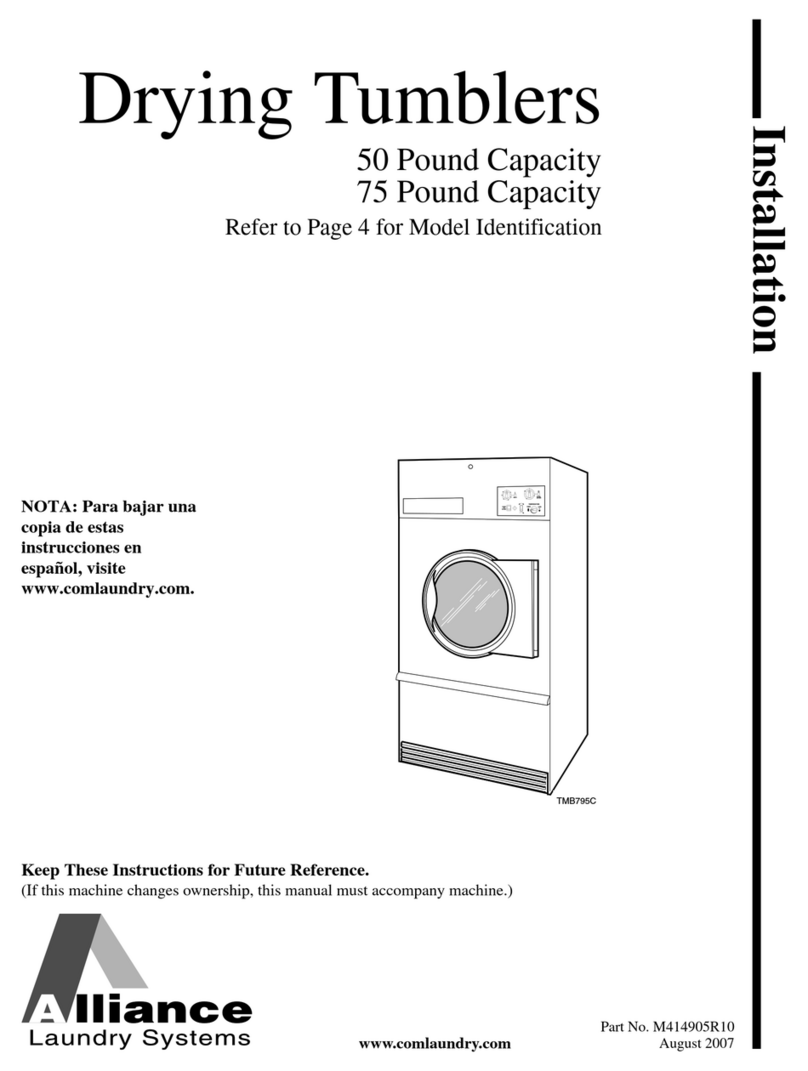
Alliance Laundry Systems
Alliance Laundry Systems 50 Pound Series User manual
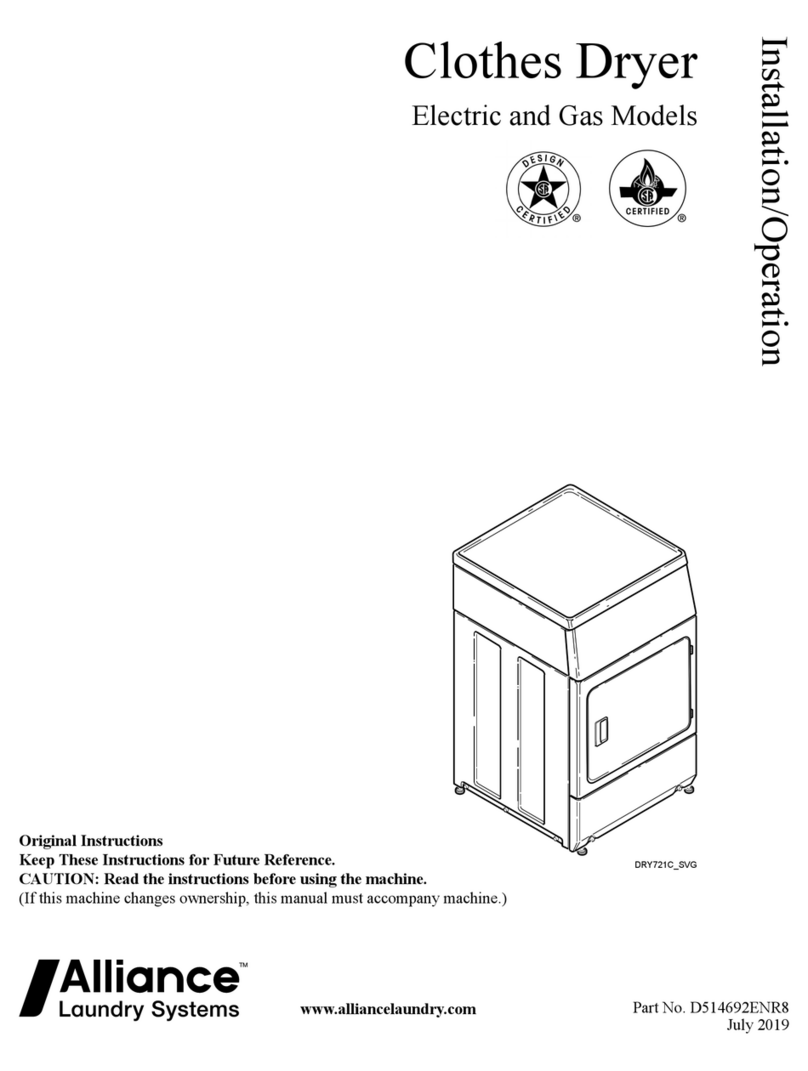
Alliance Laundry Systems
Alliance Laundry Systems DV6010WE Guide
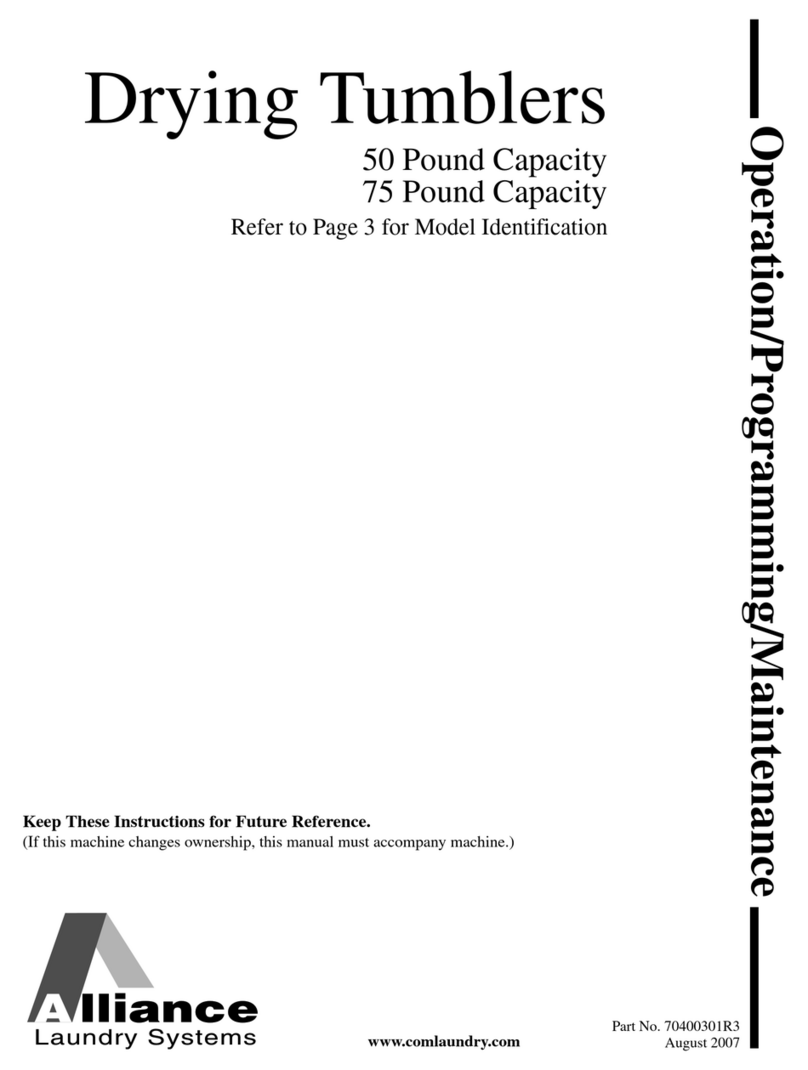
Alliance Laundry Systems
Alliance Laundry Systems Drying Tumblers 50 Pound Capacity 75 Pound Capacity Model Identification Part No.... Owner's manual
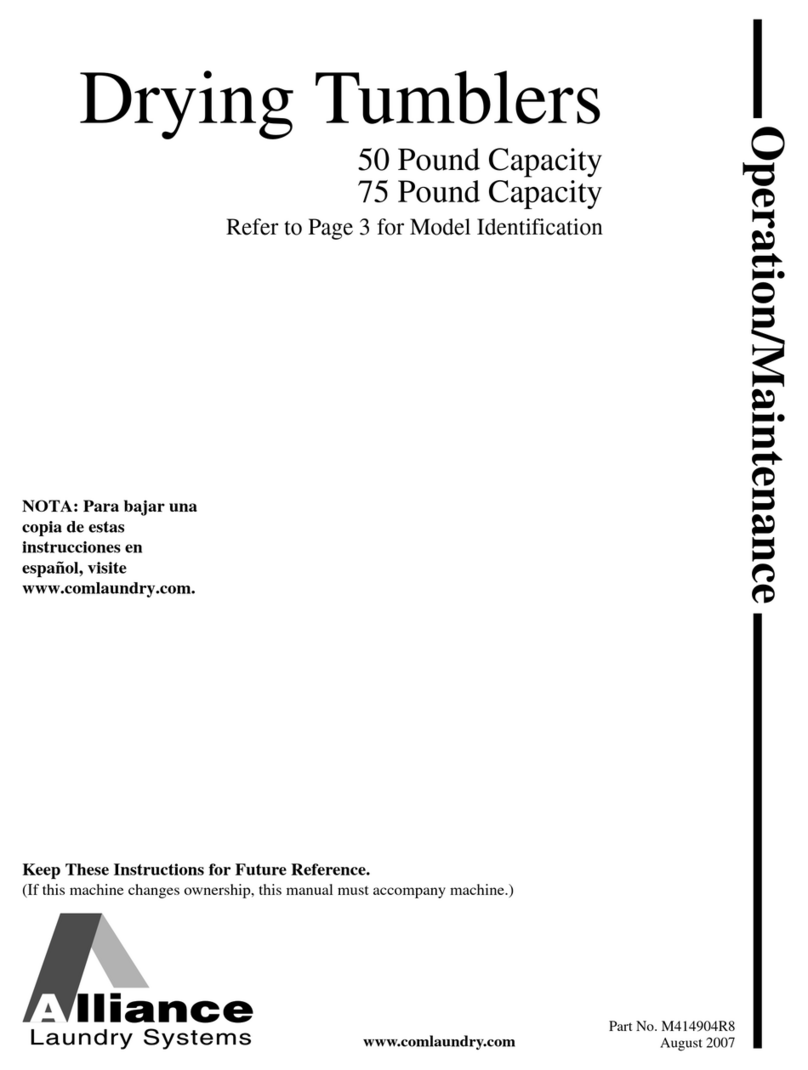
Alliance Laundry Systems
Alliance Laundry Systems M414904R8 Troubleshooting guide
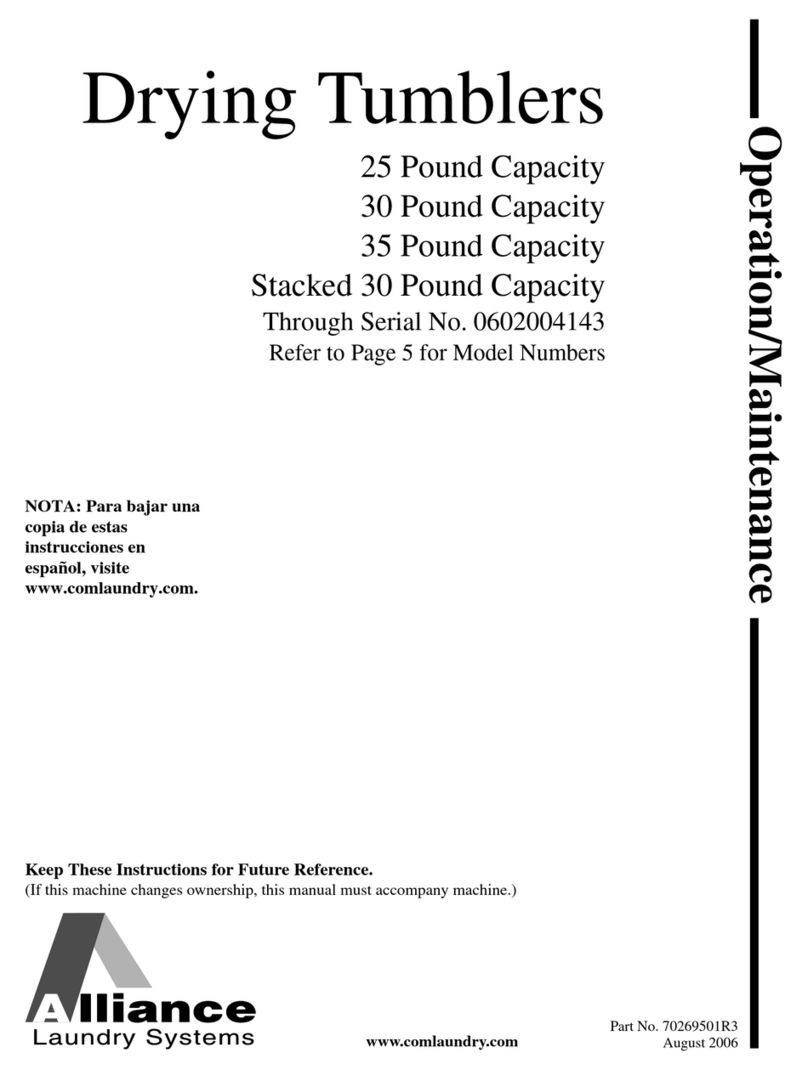
Alliance Laundry Systems
Alliance Laundry Systems DRYING TUMBLERS 70269501R3 Operating instructions
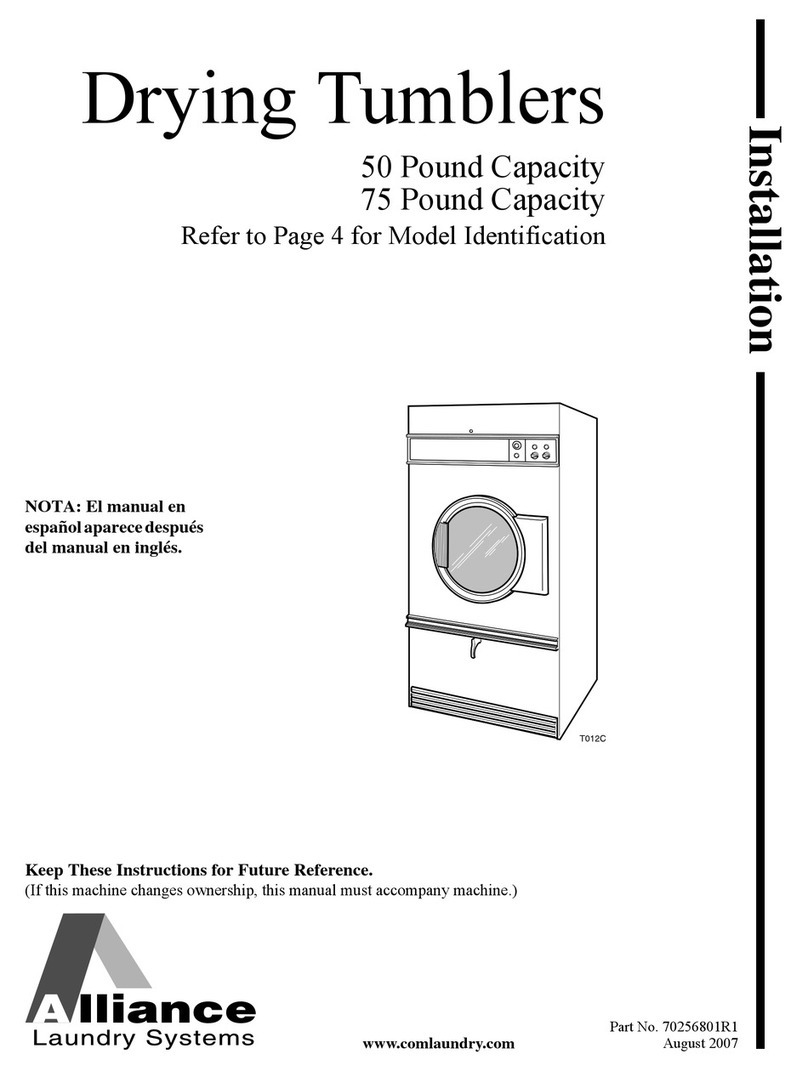
Alliance Laundry Systems
Alliance Laundry Systems Drying Tumblers none User manual
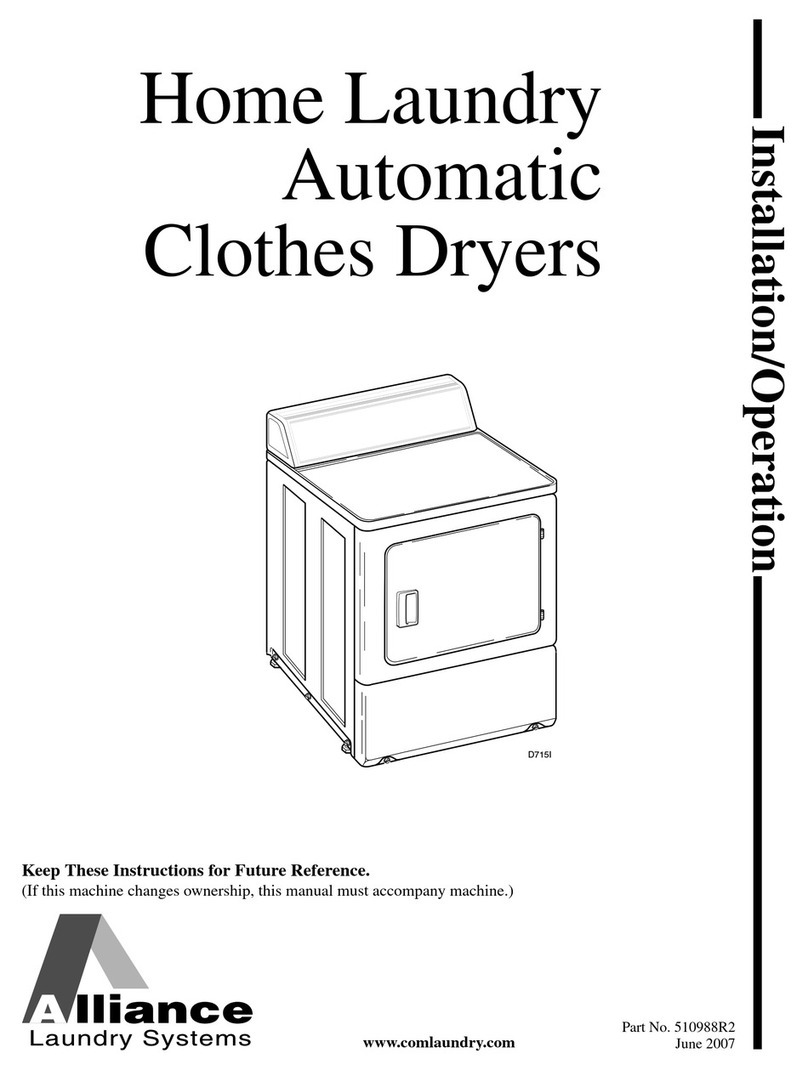
Alliance Laundry Systems
Alliance Laundry Systems LES37A*F Troubleshooting guide

Alliance Laundry Systems
Alliance Laundry Systems HA025L Troubleshooting guide
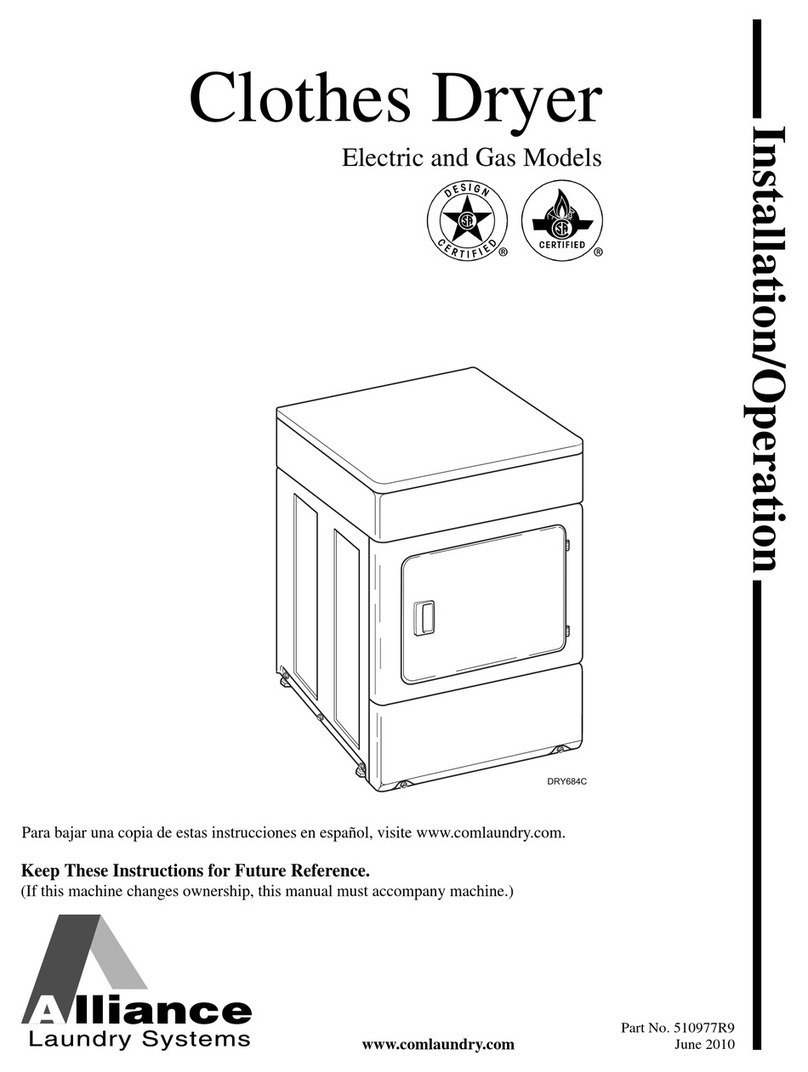
Alliance Laundry Systems
Alliance Laundry Systems 510977R9 Guide
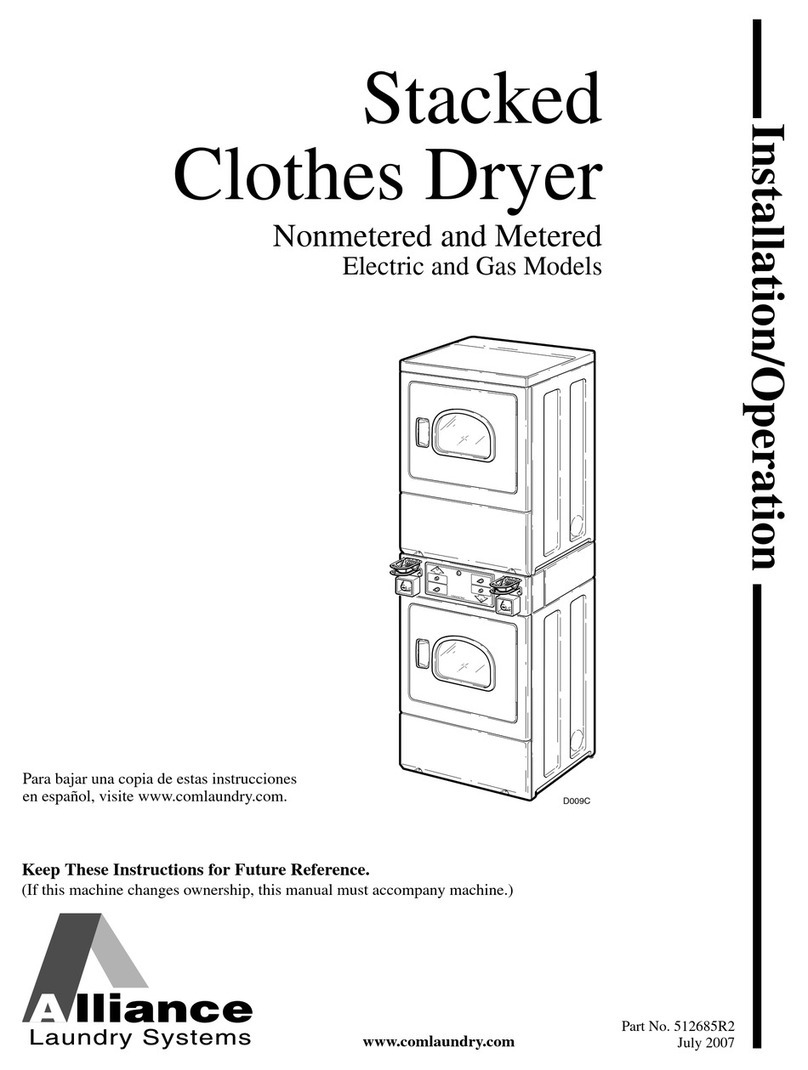
Alliance Laundry Systems
Alliance Laundry Systems 512685R2 User manual
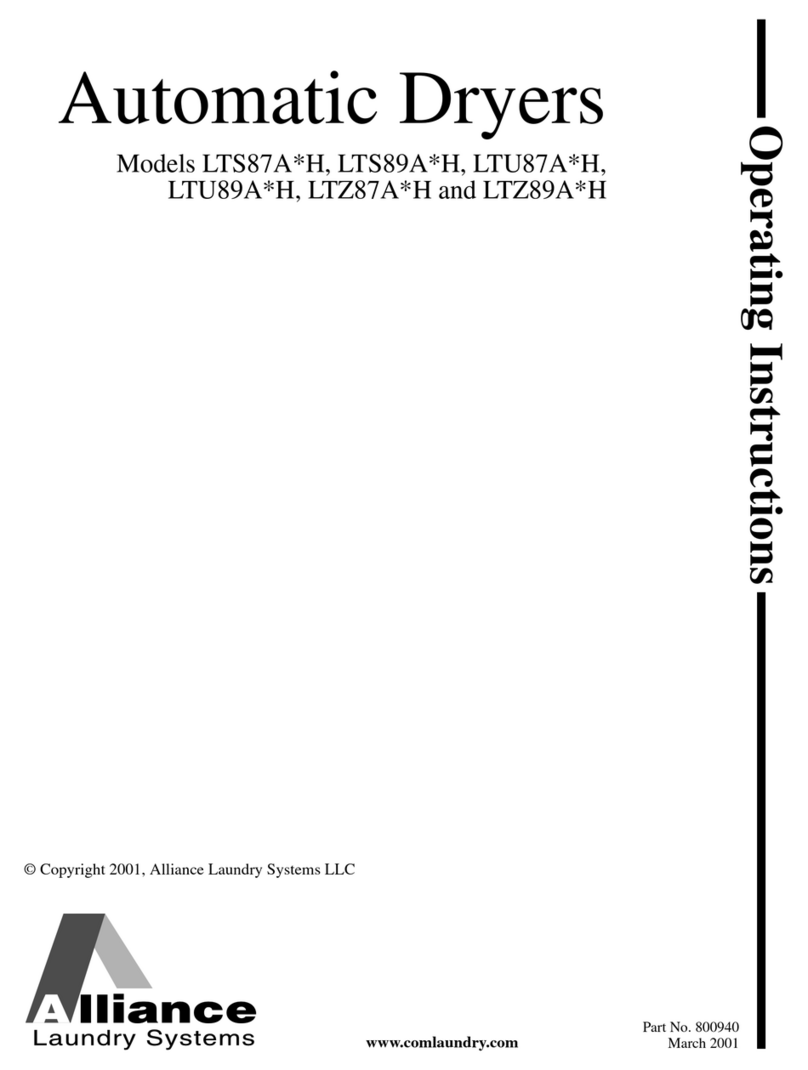
Alliance Laundry Systems
Alliance Laundry Systems LTS87A*H User manual

Alliance Laundry Systems
Alliance Laundry Systems DRY688C Operating instructions
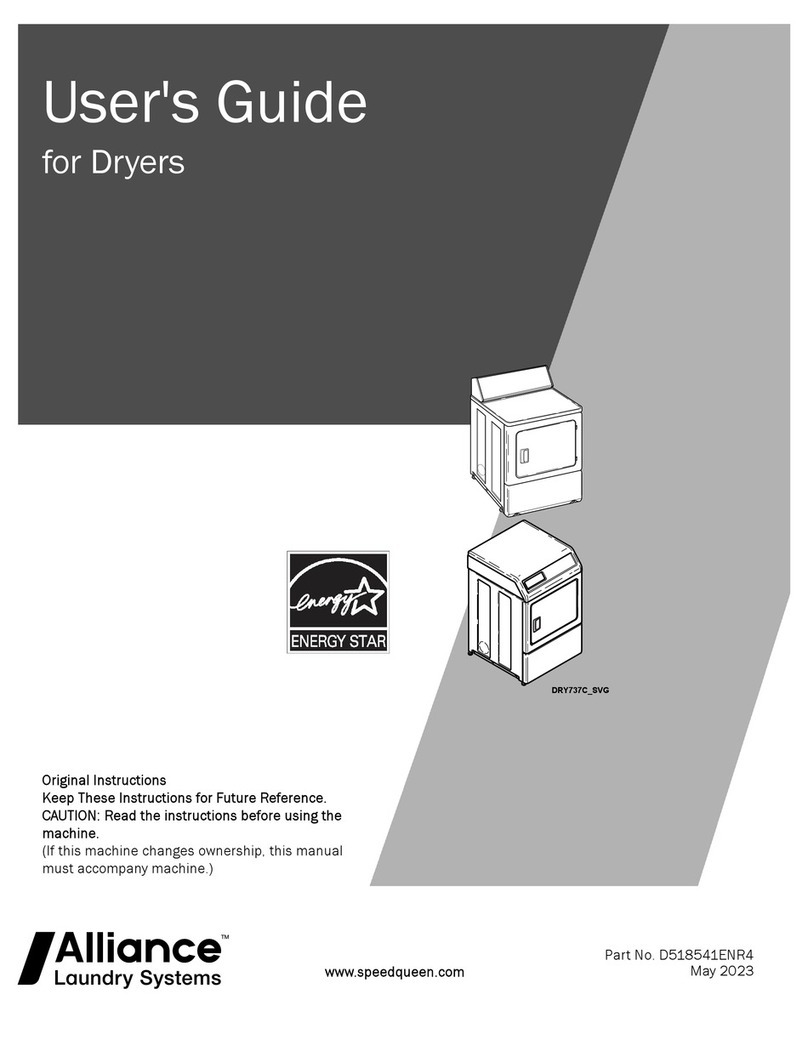
Alliance Laundry Systems
Alliance Laundry Systems Speed Queen DR7004WE User manual
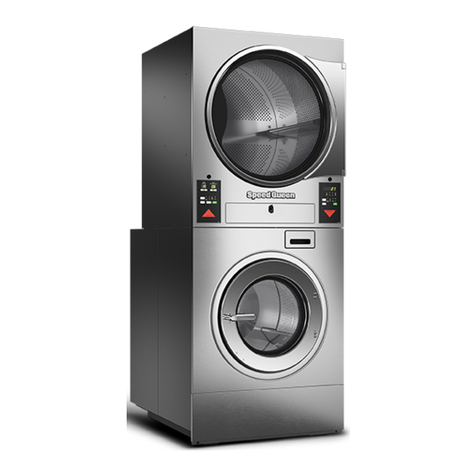
Alliance Laundry Systems
Alliance Laundry Systems HSA030N User manual
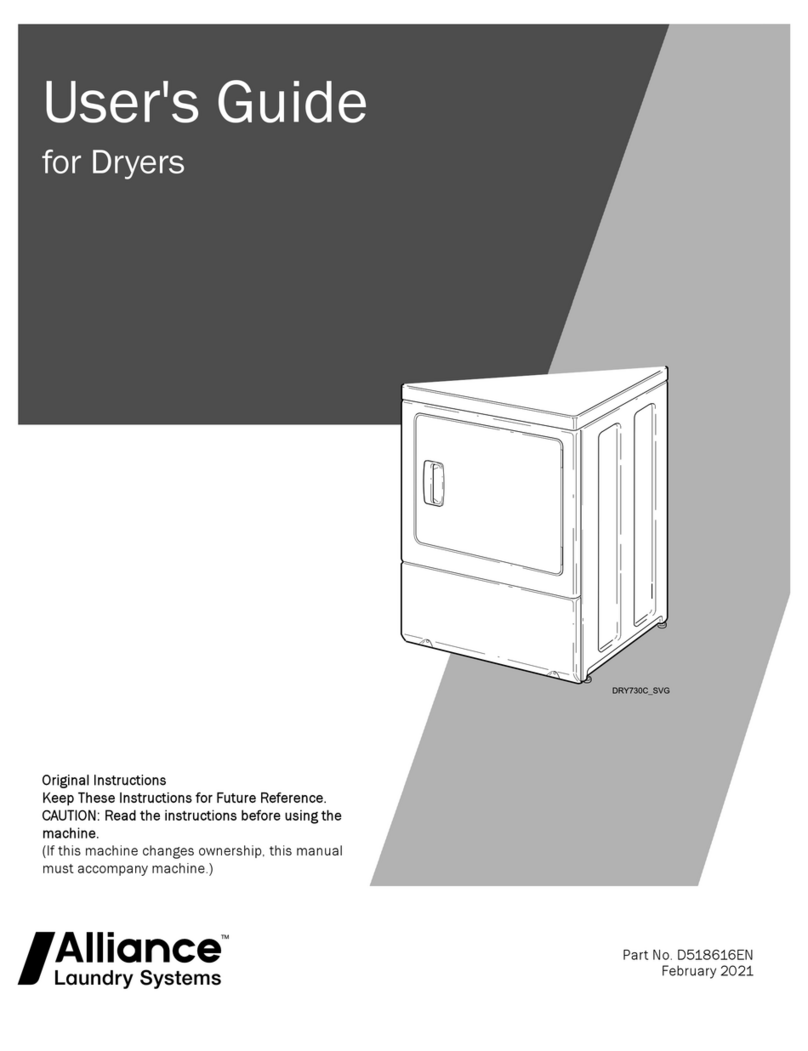
Alliance Laundry Systems
Alliance Laundry Systems DC5102WE User manual
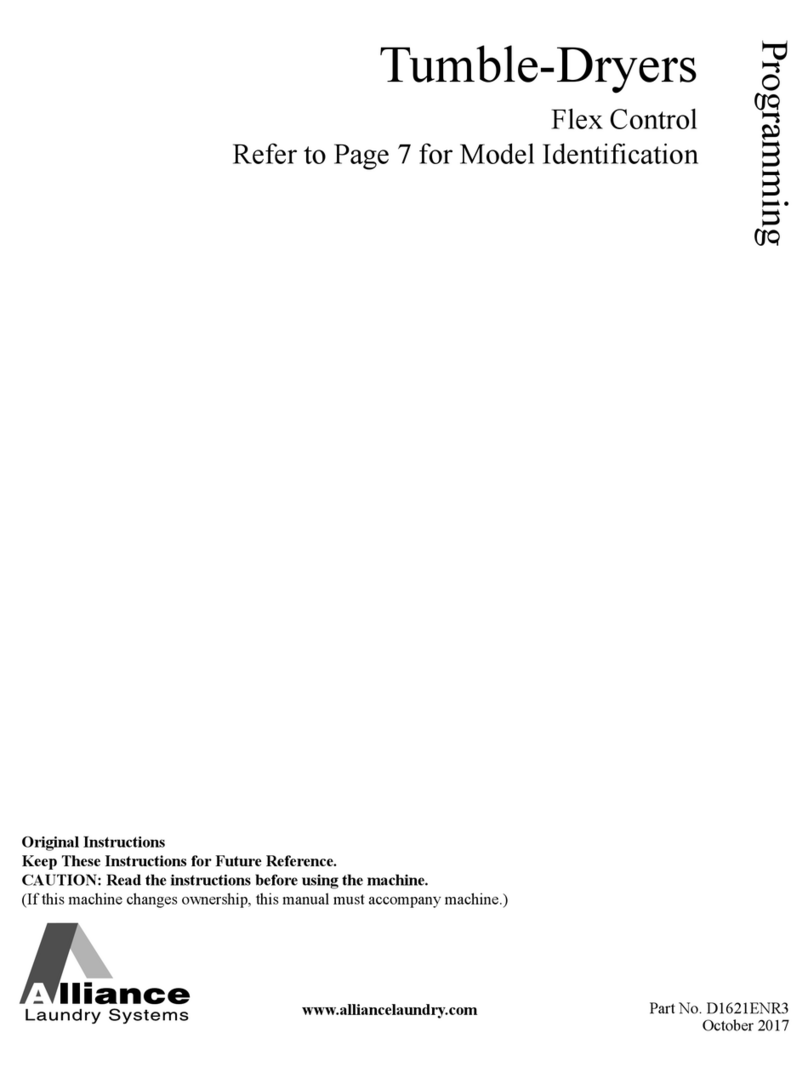
Alliance Laundry Systems
Alliance Laundry Systems IGHP190E Owner's manual
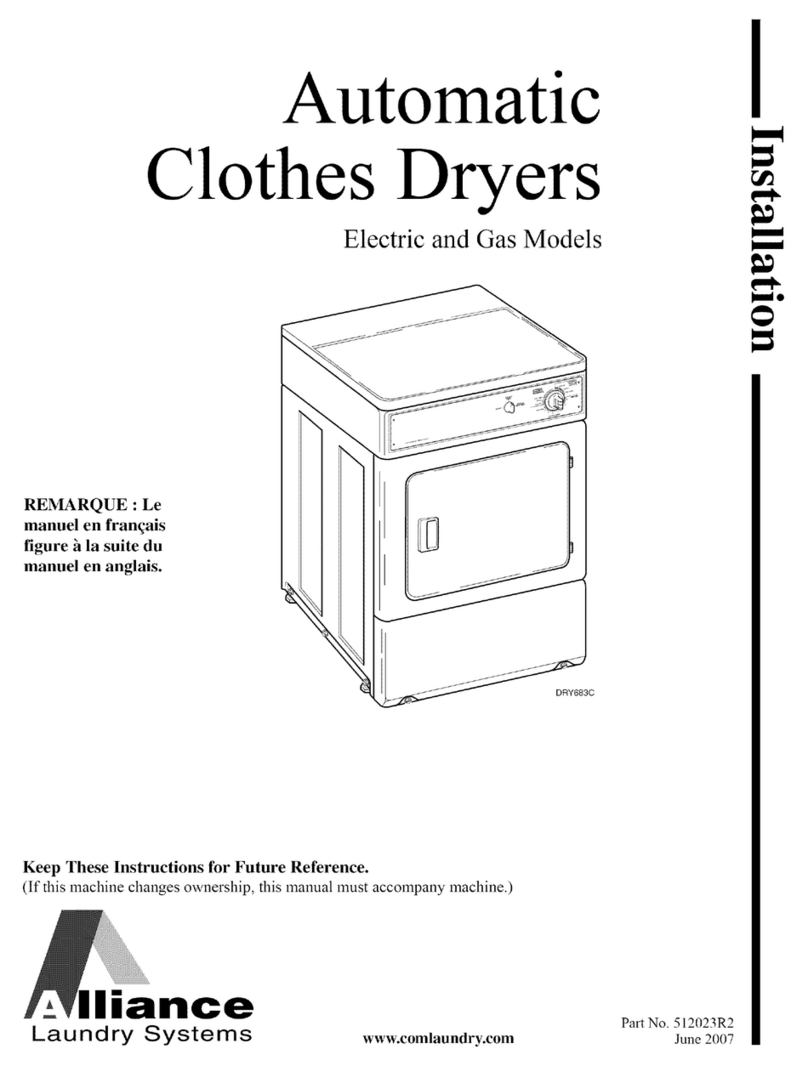
Alliance Laundry Systems
Alliance Laundry Systems DRY2195N User manual
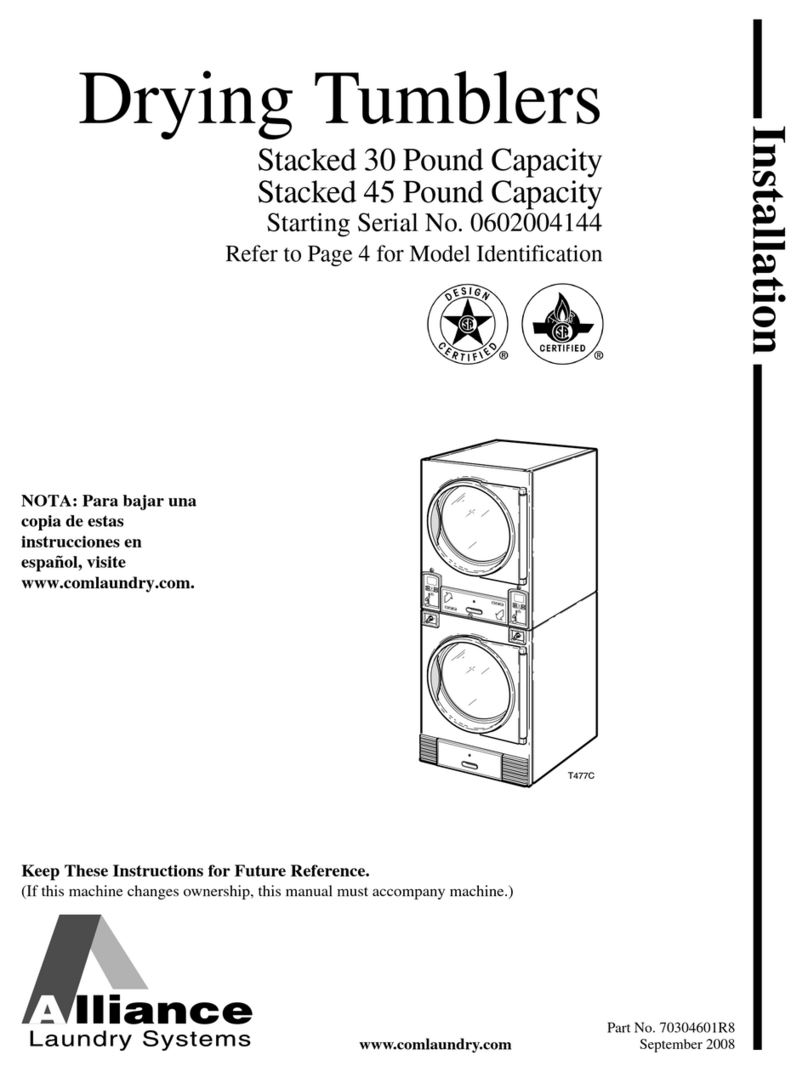
Alliance Laundry Systems
Alliance Laundry Systems T477C User manual

Alliance Laundry Systems
Alliance Laundry Systems UA025L User manual
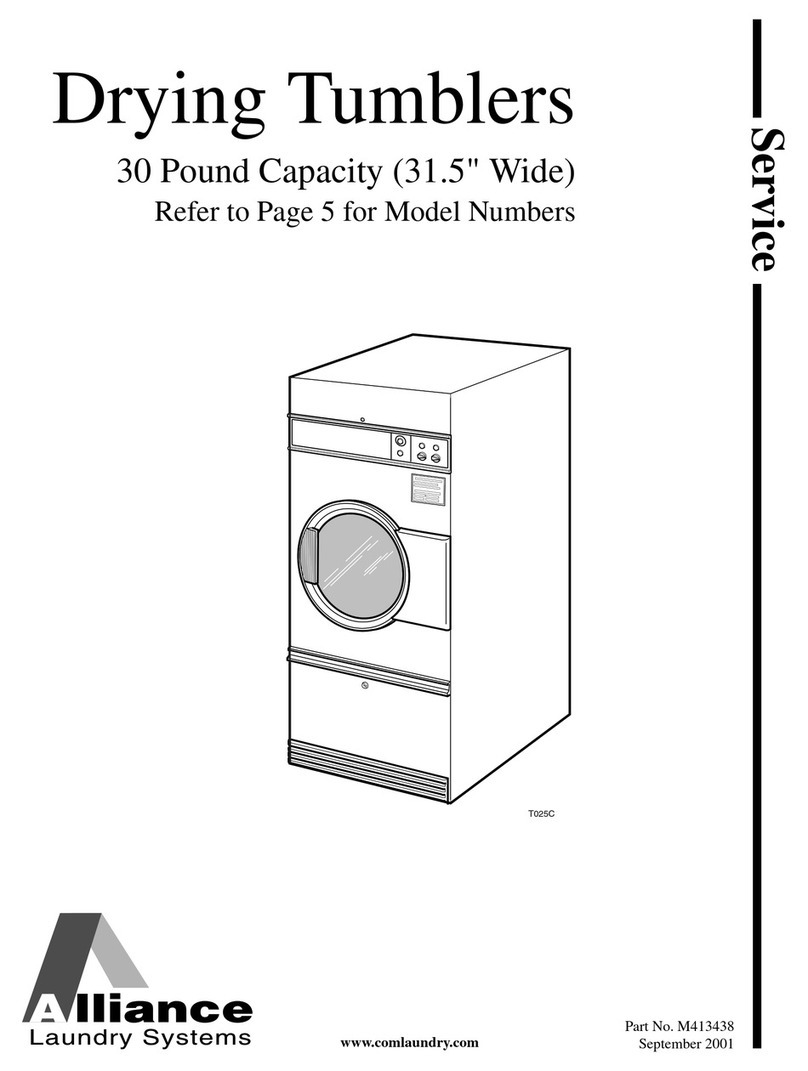
Alliance Laundry Systems
Alliance Laundry Systems DCB30CG User manual
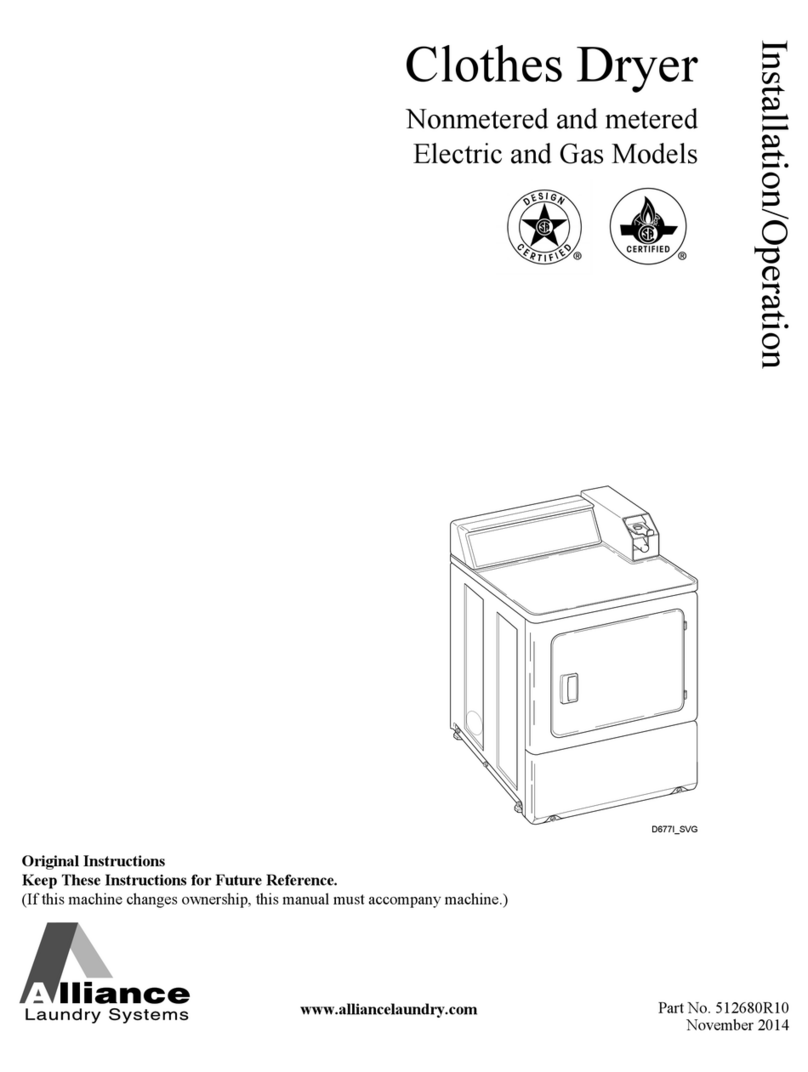
Alliance Laundry Systems
Alliance Laundry Systems D677I_SVG Original operating instructions
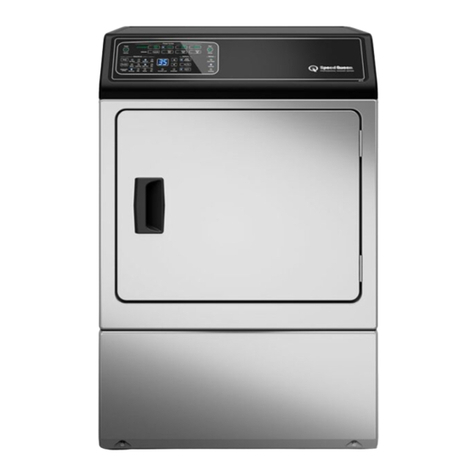
Alliance Laundry Systems
Alliance Laundry Systems Speed Queen DF7000SE User manual
Popular Dryer manuals by other brands
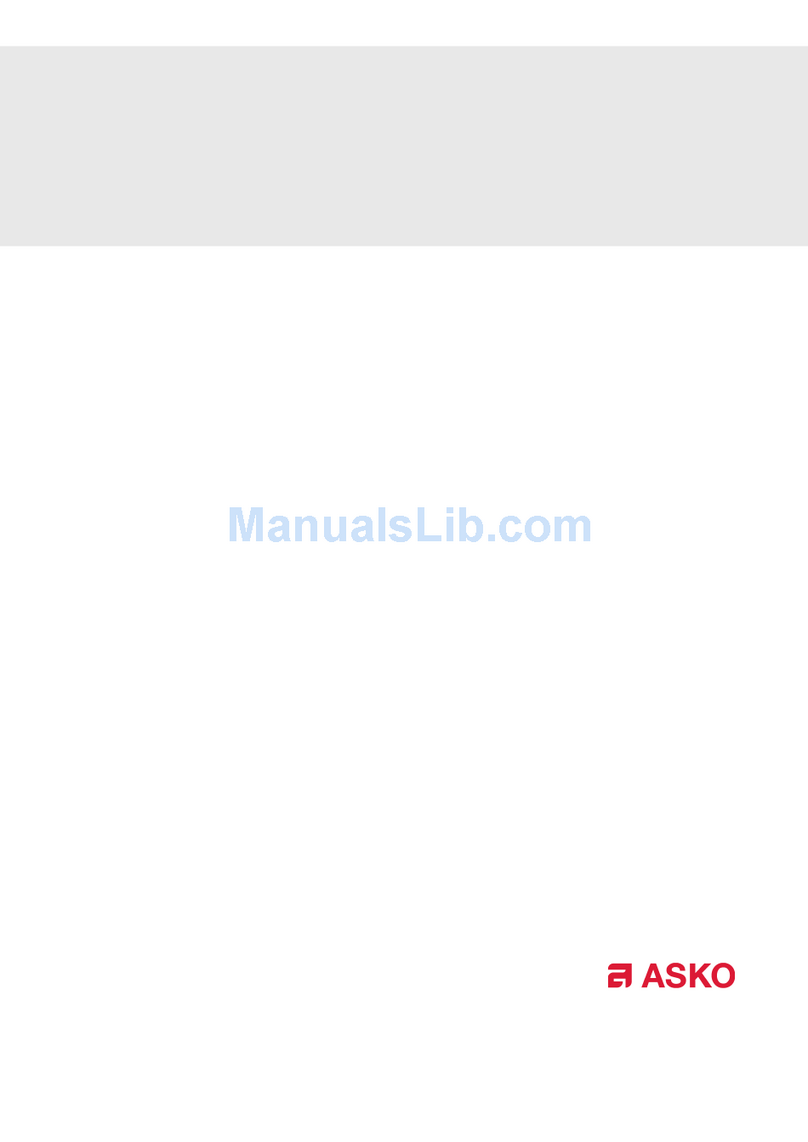
Asko
Asko T793C operating instructions
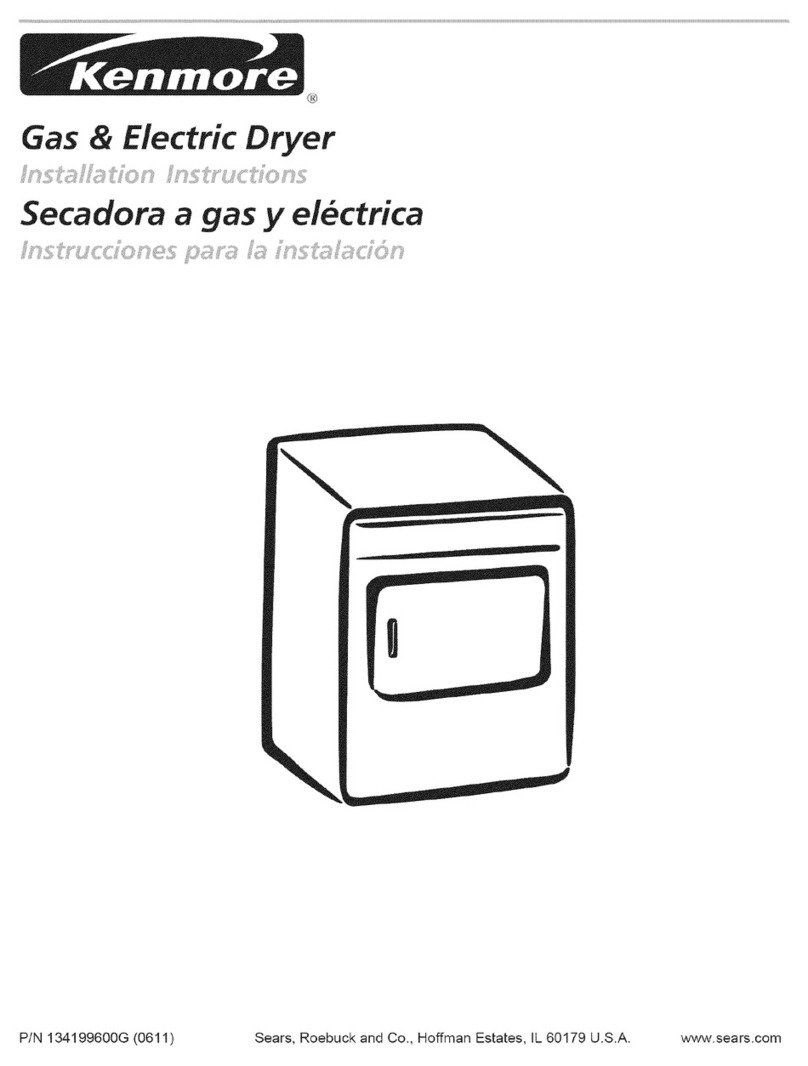
Kenmore
Kenmore 8041 - 5.8 cu. Ft. Capacity Electric Dryer installation instructions

Frigidaire
Frigidaire CAQE7077KW0 use & care

Bosch
Bosch WTX8HKM9SN User manual and installation instructions
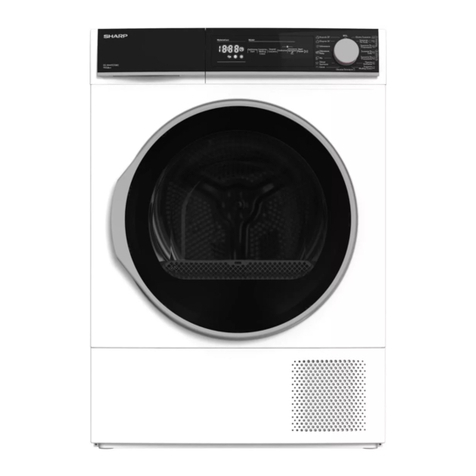
Sharp
Sharp KD-NHH9S7GW2-PL user manual
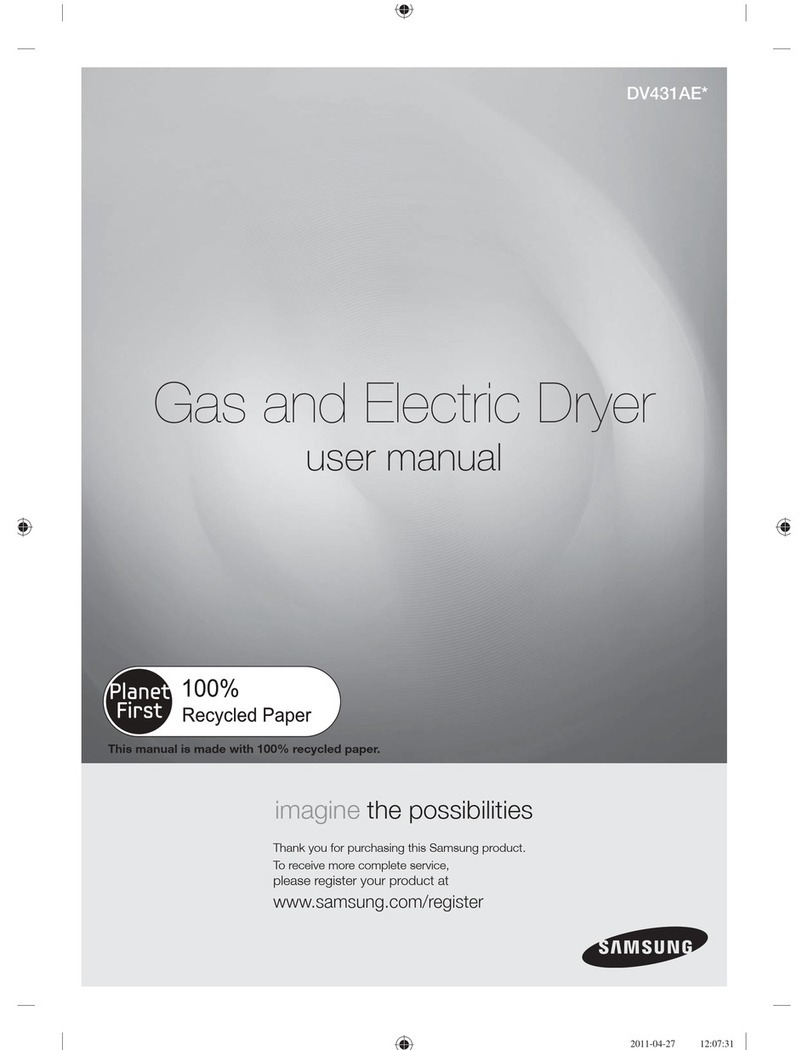
Samsung
Samsung DV431AEPXAC user manual

